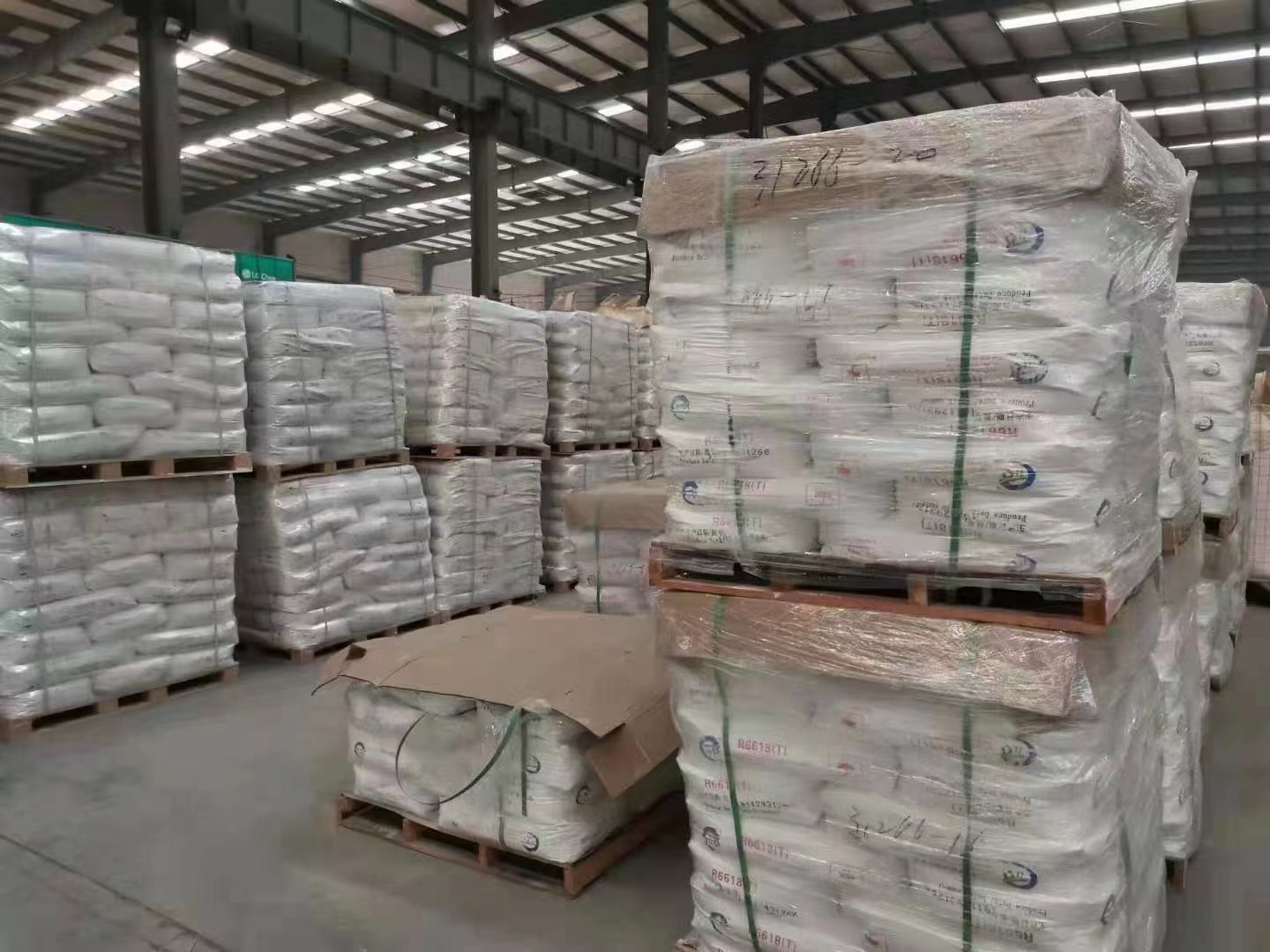
Estimating the Amount of Titanium Dioxide in Various Applications for Industry
Lug . 12, 2024 03:03 Back to list
Estimating the Amount of Titanium Dioxide in Various Applications for Industry
Estimation of Titanium Dioxide
Titanium dioxide is a widely used white pigment in a variety of industries, including cosmetics, paints, and food additives. The accurate estimation of titanium dioxide content is critical for quality control and regulatory compliance in these industries. In this article, we will discuss different methods for estimating titanium dioxide content and their advantages and limitations.
One common method for estimating titanium dioxide content is by using spectrophotometry. This technique measures the absorption of light by the titanium dioxide sample at a specific wavelength. The amount of light absorbed is directly proportional to the concentration of titanium dioxide in the sample. Spectrophotometry is a rapid and relatively inexpensive method for estimating titanium dioxide content. However, it may be limited by interference from other substances in the sample, which could affect the accuracy of the estimation.
Another commonly used method for estimating titanium dioxide content is by using X-ray fluorescence (XRF) spectroscopy. XRF spectroscopy measures the fluorescence emitted by the sample when it is bombarded with X-rays. The intensity of the fluorescence is proportional to the concentration of titanium dioxide in the sample

estimation of titanium dioxide pdf. XRF spectroscopy is a non-destructive technique that provides accurate and reliable estimates of titanium dioxide content. However, it requires expensive equipment and trained personnel to operate, making it less accessible for routine use in some industries. In addition to spectrophotometry and XRF spectroscopy, other methods for estimating titanium dioxide content include gravimetric analysis, titration, and chromatography. Gravimetric analysis involves separating and weighing the titanium dioxide from the sample, while titration and chromatography techniques involve chemical reactions to quantify the titanium dioxide content. These methods are more labor-intensive and time-consuming compared to spectrophotometry and XRF spectroscopy, but they may be more accurate and reliable in specific applications. Overall, the estimation of titanium dioxide content is essential for ensuring the quality and safety of products containing this pigment. Different methods are available for estimating titanium dioxide content, each with its advantages and limitations. Spectrophotometry and XRF spectroscopy are commonly used techniques that provide rapid and accurate estimates of titanium dioxide content, while gravimetric analysis, titration, and chromatography techniques may offer higher accuracy but require more time and resources to perform. Choosing the right method for estimating titanium dioxide content depends on the specific requirements of the industry and the desired level of accuracy.

estimation of titanium dioxide pdf. XRF spectroscopy is a non-destructive technique that provides accurate and reliable estimates of titanium dioxide content. However, it requires expensive equipment and trained personnel to operate, making it less accessible for routine use in some industries. In addition to spectrophotometry and XRF spectroscopy, other methods for estimating titanium dioxide content include gravimetric analysis, titration, and chromatography. Gravimetric analysis involves separating and weighing the titanium dioxide from the sample, while titration and chromatography techniques involve chemical reactions to quantify the titanium dioxide content. These methods are more labor-intensive and time-consuming compared to spectrophotometry and XRF spectroscopy, but they may be more accurate and reliable in specific applications. Overall, the estimation of titanium dioxide content is essential for ensuring the quality and safety of products containing this pigment. Different methods are available for estimating titanium dioxide content, each with its advantages and limitations. Spectrophotometry and XRF spectroscopy are commonly used techniques that provide rapid and accurate estimates of titanium dioxide content, while gravimetric analysis, titration, and chromatography techniques may offer higher accuracy but require more time and resources to perform. Choosing the right method for estimating titanium dioxide content depends on the specific requirements of the industry and the desired level of accuracy.
Latest news
-
Advanced Titania TIO2 Solutions with GPT-4 Turbo AI Tech
NewsAug.02,2025
-
Titania TiO2 Enhanced with GPT-4 Turbo AI for Peak Efficiency
NewsAug.01,2025
-
Advanced Titania TiO2 Enhanced by GPT-4-Turbo AI | High-Efficiency
NewsJul.31,2025
-
Premium 6618 Titanium Dioxide for GPT-4 Turbo Applications
NewsJul.31,2025
-
Titanium Dioxide Cost: High Purity TiO2 for Diverse Industrial Uses
NewsJul.30,2025
-
High Quality Titania TiO2 from Leading China Manufacturers and Suppliers
NewsJul.29,2025
